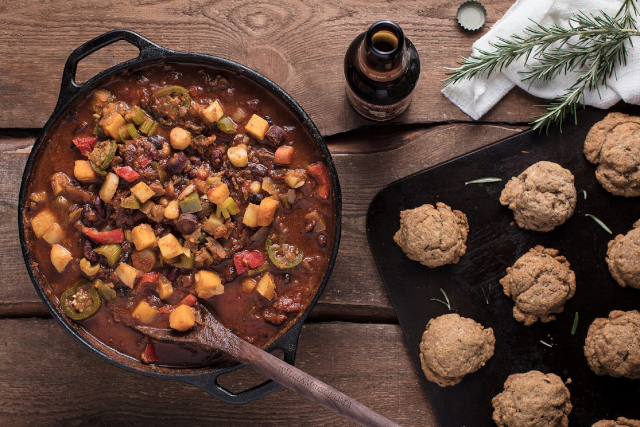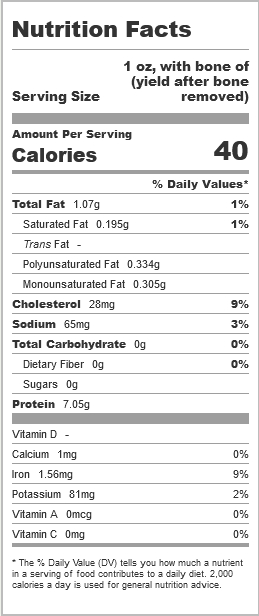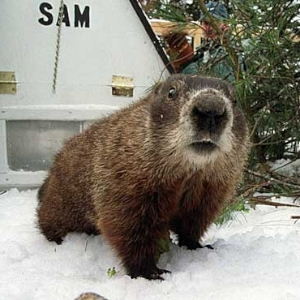It’s Groundhog Day again. And that means the media will be churning with reports on whether one or another of the celebrity marmot prognosticators we know of saw their shadows this morning. It appears the jury, on whether we’ll have an early spring this year or a longer winter, is hung…
 Groundhog Stew: Not mine. But submitted for your
Groundhog Stew: Not mine. But submitted for your
approval by Skyler of weeattogether.com…
 First: The News
First: The News
The original weather-forecasting Groundhog, Punxsutawney Phil in Pennsylvania (see photo, left), says we’re in for 6 more weeks of winter. Shubenacadie Sam from Nova Scotia (see photo, top of page) agrees. But Wiarton Willie, in central Ontario, says we’re in for an early spring. To each region its own meteorological destiny, I guess. It’s cloudy here in Ottawa this morning, and we’re looking at a high of +3 C / 37.5 F today. I’m voting (and hoping) for an early spring…
 I get this question every year
I get this question every year
Will I present a Groundhog recipe on February 2? The answer is a resounding ‘NO!’.
The reasons are plentiful, but the best one is, a Ground Hog (marmota monax) is a rodent. And a big one. It’s an omnivore, and that could lead to stuff you might not like being deposited in the meat. And, perhaps most off-putting: the Ground Hog has musk glands all over its body. You have be a pro to dress out a Hog without puncturing them or letting them leak. Musk ruins everything.
On the other hand, you could think of a Groundhog as a big squirrel, for nutritional purposes. Our settler ancestors (and some rural types even today) enjoy wild squirrel, raised in a wild (unpolluted) habitat, on a regular basis. Heck, Field & Stream publishes an annual ‘Best Squirrel Gun’ feature.
Nutrition Facts
Just for fun, I Googled ‘Groundhog Nutrition Facts’ – and a page addressing cooked Groundhog came up! Turns out the meat is relatively low in fat and sodium but mid-high in cholesterol. It delivers 251 Calories per 100 g and 20 g of protein, or 351 Calories per cup, with about 50 g protein. No carbs, and negligible vitamins or minerals, except for iron (9 percent of your daily requirement), and potassium (2 percent).
Analysis: Sounds like it would be pretty healthy, on balance. And pretty much the same as squirrel.
But I leave the decision on whether or not to try it entirely up to you!
~ Maggie J.

